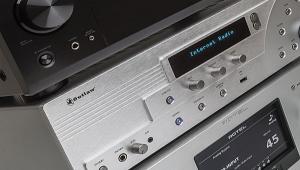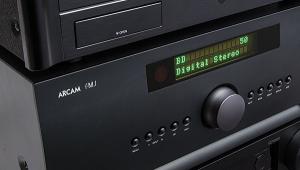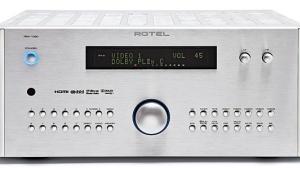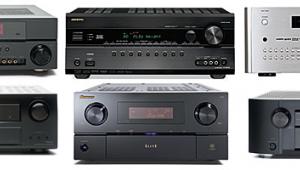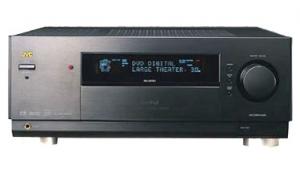How to Buy an AV Receiver
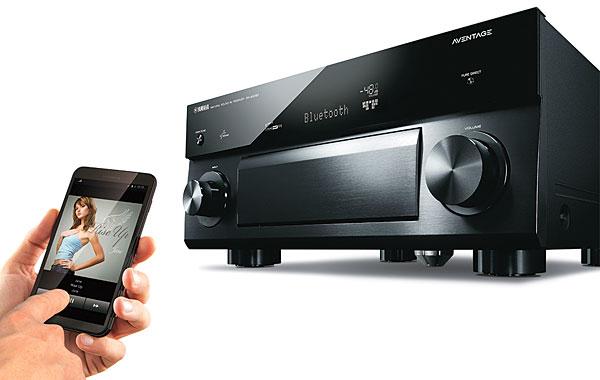
Sure, AVRs are more complicated to hook up than an all-in-one soundbar, and receiver-based systems virtually scream for a universal remote (or at least a kick-ass control app) to ease day-to-day operation. You need to run all those cables, too. But what you get in return for spreading out your (carefully selected) speakers and installing a bona fide, hard-core audio amplifier at the heart of your system can be summed up in one word: performance. It all comes out as improved dynamics (the ability to react to sudden peaks in the audio program), a more realistic soundstage (sounds appearing in distinct locations), and greater detail (especially at loud volume) than you’re likely to hear from any soundbar or small, powered speaker system. Factor in Dolby Atmos and DTS:X, the new object-based surround formats that are so far only available in receivers and separate surround processors, and you’ve got a compelling argument for sticking with the tried and true AVR.
All-in-One Fun
An AV receiver combines two separate audio components in one box: a preamplifier/surround processor (often called a pre/pro) and a power amplifier. The pre/pro is where audio and video switching occurs, allowing you to connect multiple sources to the same AVR and select each with the push of a button. Once selected, your source components (a cable box, Blu-ray player, smart TV, or even your smartphone) deliver a low-level audio signal to the unit’s preamp section, where it can be manipulated for volume or tone (equalization) adjustments and surround decoding before being sent to the AVR’s power amp section.
The surround processor section decodes the multichannel digital audio bitstream signals from discs, broadcasts, or Internet video streams—say a Dolby Digital or DTS soundtrack—and directs the appropriate sound to each speaker. Matrix-surround signals encoded onto stereo analog tracks will also be decoded here. Alternately, the surround processor can take a two-channel stereo track and derive a form of surround sound from that, utilizing all the additional speakers in the system. Once all that’s done, the power amplifier simply provides gain to pump up the signal level and drive your speakers to sufficient (if not earth-moving) volume.
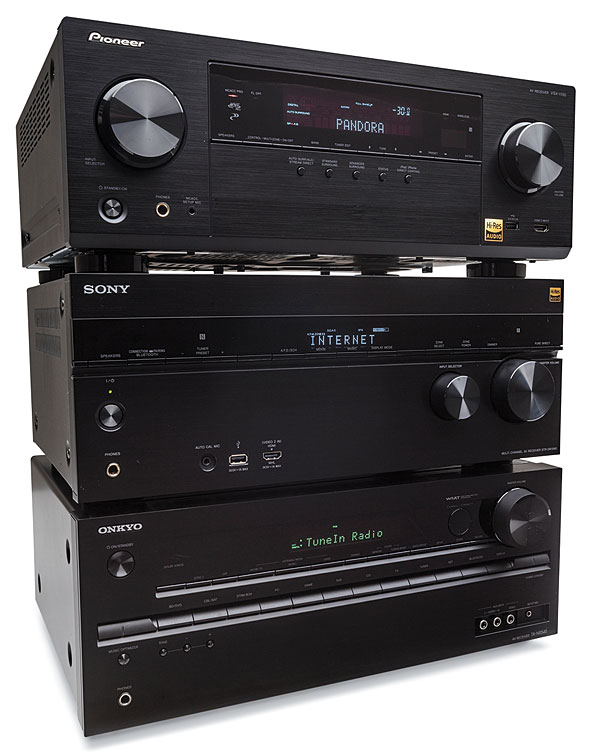
How Many Speakers?
We remain committed to the idea that the basic 5.1-channel configuration is sufficient for an engaging home theater experience. This includes front left-, front center-, and front right-channel speakers; a pair of surround speakers placed ideally along the side walls (and slightly behind the prime seats); and a dedicated powered subwoofer (the .1). Blu-ray Discs and streamed movies that carry discrete high-resolution 7.1-channel soundtracks have become more common in recent years, which helps justify adding back-wall surrounds, but any extra speakers beyond 5.1 channels are an enhancement, not a requirement. If your AVR comes with extra channels, they can often be configured to drive a pair of speakers in another room, usually referred to as Zone 2.
Until the introduction of Dolby Atmos for the home, the only way to make use of a nine- or even 11-channel AVR (besides running extra zones) was with processing that artificially derives information for additional front-wall-mounted height or width speakers. With no discrete soundtracks available, the value of adding those extra speakers and amplifiers remained dubious. But object-based surround sound, which provides discrete information to two, four, or even more ceiling-mounted speakers (or the equivalent), changes that equation. See “Surround Modes,” below, for more on object-based surround.
How Much Power?
Amplifier power is a critical spec for any AVR, but it’s difficult to shop by the numbers. Any receiver priced over $500 today is likely spec’d at or near 100 watts per channel, each with an appropriate 0.1 percent total harmonic distortion measurement (at least, with only one channel running at a time). So what’s the difference between one similarly rated amp and another? The answer, more or less, is what we call “headroom.” A great amp with power supply capacity to spare will rise to the occasion on loud, complex passages on multiple channels without introducing audible distortion. Other AVRs will sound coarse, or run out of steam and clamp down on power output to all the channels (or even shut down temporarily) to avoid overheating.
A telling sign is the five- and seven- channels-driven test bench measurements Sound & Vision includes with AVR reviews. Although this torture test is far more demanding than any real-world situation an AVR is likely to encounter, power output that meets or approaches the published two-channel specification with five or seven channels working all out simultaneously usually indicates a more robust power supply and the ability to drive your system to louder levels with less strain. Keep in mind, though, that the amp that achieves this isn’t always the biggest or heaviest. Newer circuit topologies—notably Class D switching amps—can deliver their power to the speakers more efficiently than traditional hotter-running Class AB or Class A amplifiers. However, Class D AVRs seem to vary widely in subjective sound quality. Read the reviews before you decide.
THX-certified AVRs, when mated with THX-certified speakers, will guarantee the ability to achieve cinema reference volume level at the listening position in a room whose cubic volume is specified by the level of certification. Other measures of performance, compatibility between components, and simplified setup chores are also accounted for in THX certification. Visit THX.com for more information.
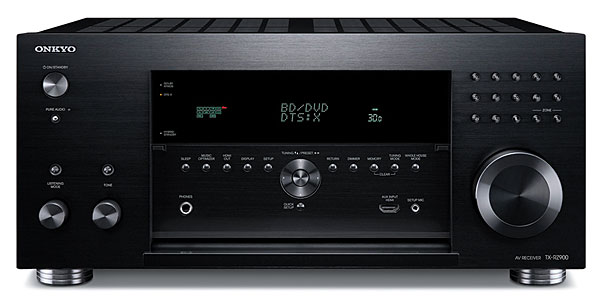
Surround Modes
Every modern receiver offers the same basic surround modes to directly decode the soundtracks embedded in today’s software and broadcasts. Although these are often accompanied by additional playback modes, and experimentation is encouraged, you are best advised to play back your content using whatever mode is native to the original soundtrack. This will likely be standard Dolby Digital and DTS embedded on DVDs and the high-resolution lossless formats Dolby TrueHD and DTS-HD Master Audio found now on most Blu-ray Discs. The latter formats are noticeably superior to the earlier lossy compression formats. Most TV broadcasts carry lossy Dolby Digital, and some streaming content from major services, such as Vudu and Netflix, are encoded with Dolby Digital Plus, which provides modest benefits in transmission efficiency or sound quality. Set your new AVR’s surround mode to its automatic setting, and if you’ve selected bitstream audio output from the menus in your Blu-ray player and other digital sources, the receiver should recognize what’s on the source material and set the surround mode accordingly. If you set your player to PCM audio output and hook it up via an HDMI connection, full multichannel decoding will usually take place in the player, and it will be indicated as multichannel PCM on the AVR’s display. The sound quality should be about the same either way, though Blu-ray players can only pass the remote’s button sound effects and secondary simultaneous audio tracks associated with the disc extras if the player is set to PCM.
The next suite of essential listening modes found in AVRs is for decoding matrix- surround-encoded two-channel sources and converting two-channel stereo recordings or TV shows into quasi surround sound. The best known of these are probably Dolby Pro Logic IIx and DTS Neo:6. These vary in their effectiveness depending on the program material, but one or both are generally available as part of the Dolby and DTS processing package included with the receiver.
